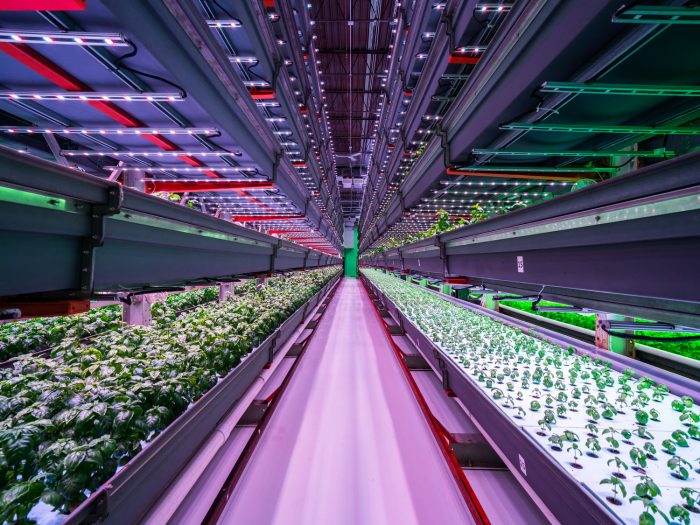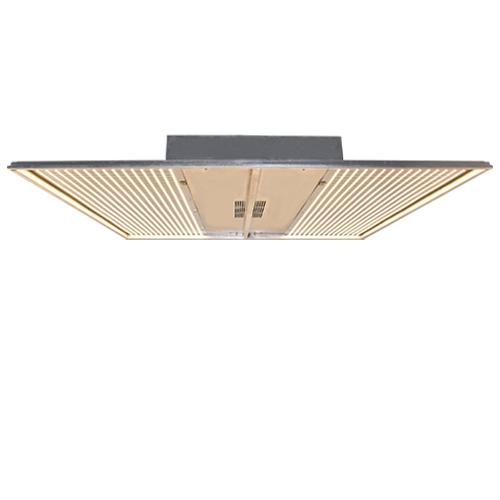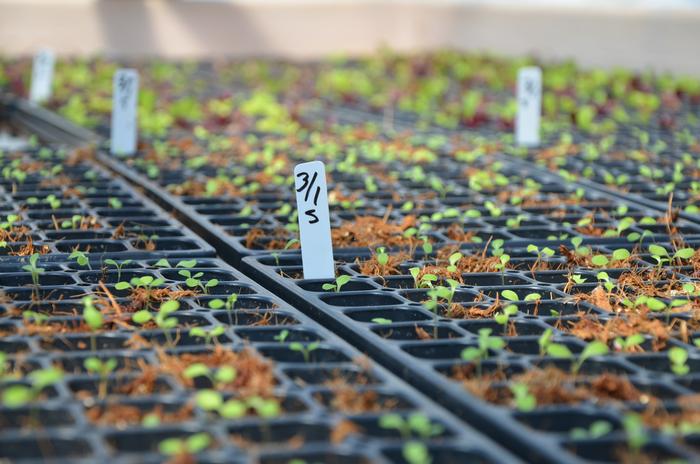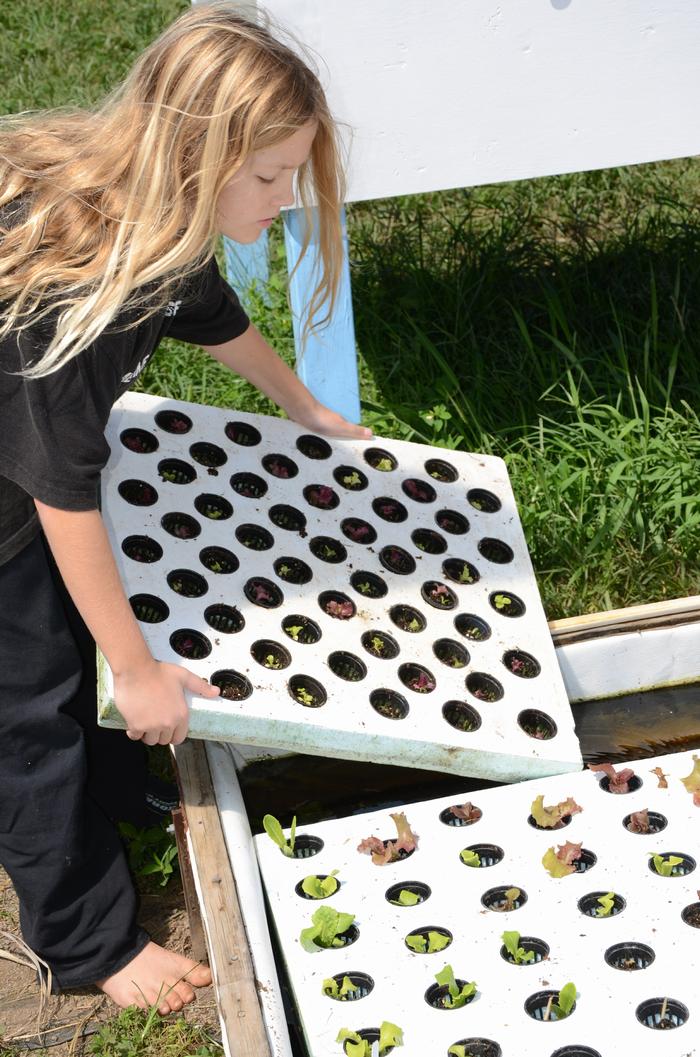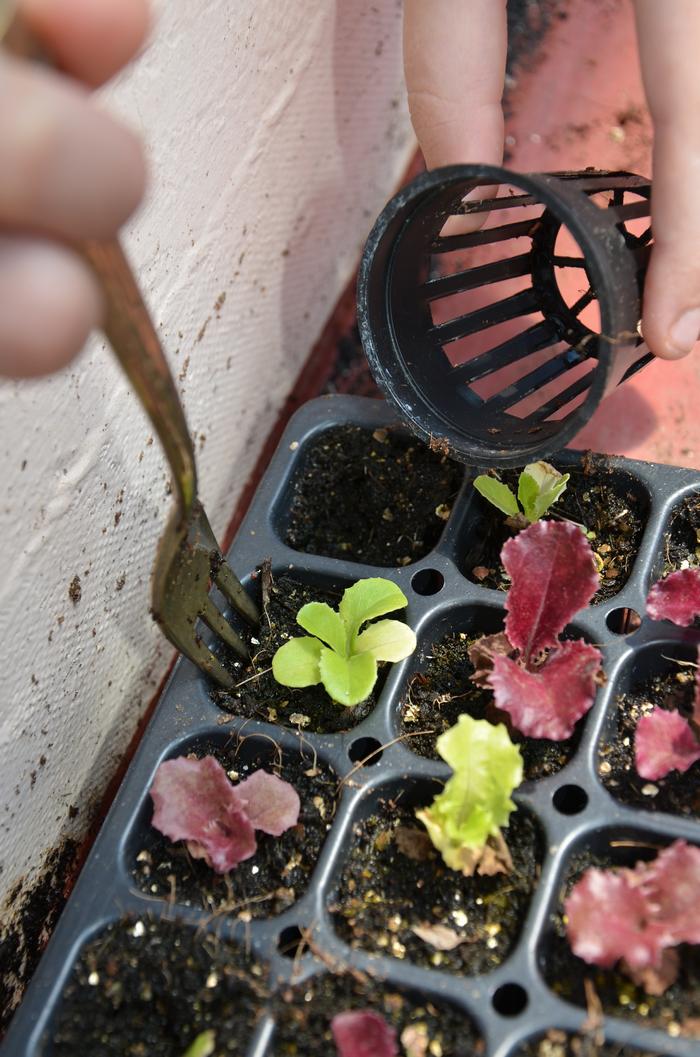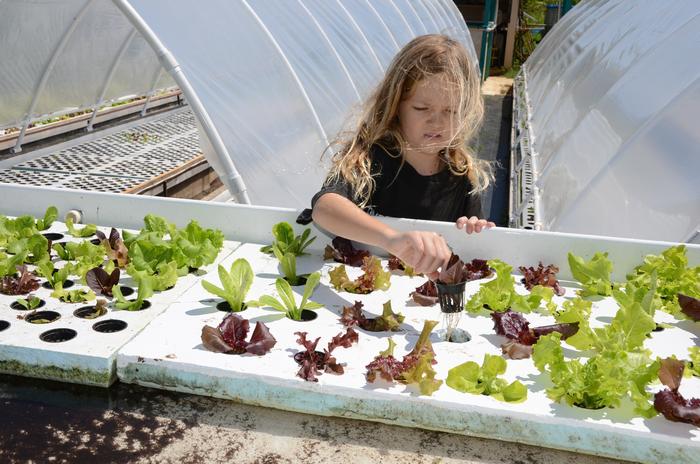Learn The Ins and Outs Of Indoors and Vertical Aquaponics! Part 6
For parts 1 through 5 click these links:
Part 1
Part 2
Part 3
Part 4
Part 5
Vertical Aquaponics, Part 6:
More About Electricity!
We talked a lot about electrical consumption and the link between the efficiency (or inefficiency) of your LED’s and how big your air-conditioning system needs to be in Parts 1, 2, and 3. The bottom line is: if you use the most efficient LED’s available, you will use about 1/4 of the electricity for lighting, and about 1/6 the electricity for getting rid of the heat from your lights. Said another way: if you buy inefficient LED’s, you’ll need to buy 4 times as many of them; AND you’ll need an air conditioning unit 6 times as big to get rid of the waste heat. AND you’ll need approximately 5 times as much total electricity to run these inefficient lights and the huge air conditioning that goes with them
If you’re under any illusions that you’ll have to HEAT your indoors grow, even in the wintertime, go back and read those Parts again, and hire a good mechanical engineer to talk to you about your air conditioning requirements.
(Below) A HUGE air conditioning unit on this greenhouse. This is what you want to avoid in your indoors grow by getting the most efficient LED lights you can find.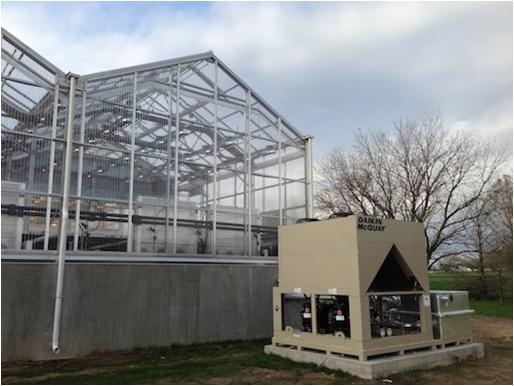
Now, how do you figure out how much electricity you’re going to use in your indoors grow? This is an important expense item that goes into the spreadsheet you can download from the link in Part 4, also here: (Click here to download Vertical Growing Spreadsheet). As we’ve shown you, the electrical consumption can span a huge range, depending on how efficient the lights you purchase are. Your electrical consumption also depends on: how hot it gets in the summertime, how cold it gets in the wintertime, how much insulation your building has (and your engineers may recommend you add even MORE insulation to your building to save money on electricity).
You can’t guess at your electrical consumption (unless you have a trust fund, and you’re doing this for fun, regardless of how much money you lose), so here’s what you do:
Hire a good electrical engineer, give him the specifications of the (hopefully 44% efficient) LED lights you’re going to use, and how many of them. He will figure out how big an “electrical service” you need, and working with the good mechanical engineer you also hire (who will size the air conditioning unit in coordination with the electrical engineer), they will tell you how much electricity the A/C and the lights will use. That’s it: there is NO WAY to do this on the back of a napkin; and unless you’re an experienced engineer, you can’t do it yourself.
By now, you should know you can’t just throw some lights up in your rented warehouse, build an aquaponic system under them, and hope it works. You’ll wish you had that trust fund if you do this.
Often I am asked “how cheap does my electricity need to be for me to make a profit on indoor aquaponics?”. This is a very perceptive question for a beginner to ask; because it shows that they know this is a critical expense item, upon which the profitability of the whole indoor aquaponic enterprise may depend. It is.
To answer that question, I have to tell you about “my Costco number generator”; at least that’s what my family calls it. I’ve been a contractor for years, and I think what happened is that all the estimates and bids I did sank into my subconscious. I’ll poke along with Susanne on a Costco run, and when we get to the checkout with two full carts (we’ve got a BIG family!), I write a number in dollars and cents on my palm with a pen and show it to her.
I don’t count the things that go into the cart, I don’t add up how much each one costs. In fact, I am often in another part of the store altogether for most of the trip. I just look at the carts at the checkout counter, a number comes into my head, and I write it on my hand. I’m usually within 5%, often within 3%, and once, on a $1,126.47 shopping trip, I was within 11 cents! What I’ve learned is that numbers that come from my Costco number generator are fairly reliable estimates.
My Costco number generator (and my experience working with the engineers on a big indoors aquaponic farm we designed) says that your electricity needs to cost “ten cents per kilowatthour or less”. In other words, if you get efficient LED’s, get the right amount of air conditioning, have a decent market, AND your electricity is ten cents a kilowatthour or less, I think you have a very good chance of making a profit with your indoors farm.
Six to eight cents a kilowatthour is ideal; you can get electricity this cheap in many communities around the US that are near a big hydropower dam. Conversely, the higher your electrical cost gets above ten cents, the harder it will become to make a profit. I believe twelve to thirteen cents is problematical; if it gets over fifteen cents per kilowatthour, forget it.
Now, electricity doesn’t always cost the same all day and night long; the electric utilities frequently offer “off-peak” rates for customers who use large amounts of power after, say 6 pm at night and before 6 am in the morning. The idea is to encourage people to use more electricity during those hours, so the utility doesn’t have huge fluctuations in the amount of power they need to supply. This costs them a lot in maintenance and other expenses. So find out if your utility has an “off-peak” rate of some kind, and schedule your lights, your employees, and your operation to be “on” then, even if this is at night time.
Question: what’s the perfect place for an indoors aquaponics farm? Answer: on a large flat area in the bottom of a canyon next to a rushing river you can get nearly free hydropower from all year ’round! This is because the electrical expense is the second highest expense in your indoors farm after your labor costs.
